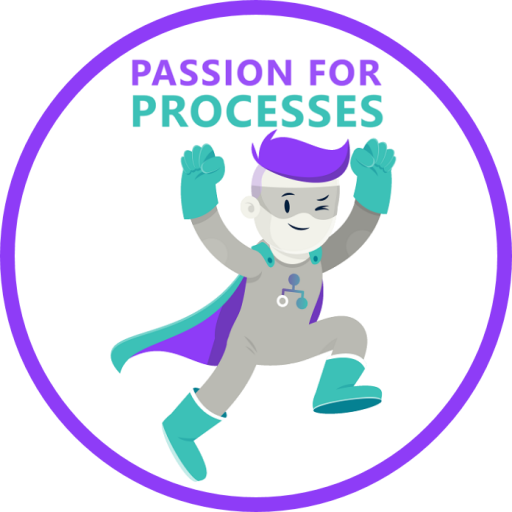The last couple of weeks and months I have been sharing my thoughts on various topics, such as risk management, process mining, process documentation (or modeling if you insist) and during the summer I will spend some time on perhaps the most underrated processes of all: management of change. To make sure that we are all aligned on the jargon before I go into any kind of details. There’s Change Management and Management of Change. The first one is often used to define the human side of change (or sometimes called the “soft" side of change, remarkably enough getting people to change is much harder than changing a system, but anyway) while Management of Change (or in short MoC) deals predominantly with executing changes in processes and application. Just to be perfectly clear on this: YOU NEED BOTH. They are the Yin and the Yang of organizational change as a whole. Two sides of the same coin, two birds of a feather… I think you get my point…
Now, why is it that I believe the MoC process is perhaps the most underrated process? Well, human beings are typically easily motivated by new things: a new piece of machinery, a new project, a new journey etc. Maintaining what’s already there is much less exciting and hence we tend to get bored with it really quick. Fortunately there are people in the world who actually like that, who take pride in making sure that your process repository and application landscape remains in the best possible shape. One of the reason why they do, is that these people understand that if you do not upkeep your process and application repository, it simply will be outdated again in about 6 months and considerable effort has to be invested (again) in updating your processes and application documentation.
Another topic that might warrant a few words is that you will always see and hear me talk about process AND application changes and I do that for a very specific reason. Besides that fact that it is recommendable to have and execute a MoC process, it's also recommendable that you always include both the process view as well as the application view for each change, not matter how trivial the change might look like. This way you can secure two of the most important goals for a successful BPM implementation:
- Keeping everything up to date
- Keeping everything aligned
I believe the first goal is quite self-explanatory. Whenever you document something you can't expect that this will remain up to date until the end of days. The world changes constantly and this applies also to also to your processes and your applications. Fiscal, legal or functional changes, security updates, end of life replacement of applications, this all plays a role in the required effort to keep you processes and applications up to date.

So, knowing this, I would argue that a consolidated MoC process helps organizations to remain aligned, up to date and in control of the everchanging environment that is called: business. More about this process in the couple of weeks. As I will be enjoying some vacation in the meanwhile this series might run a little longer than normal, but I am not sorry at all for that.
Enjoy your summer holidays!
Ciao, Caspar





